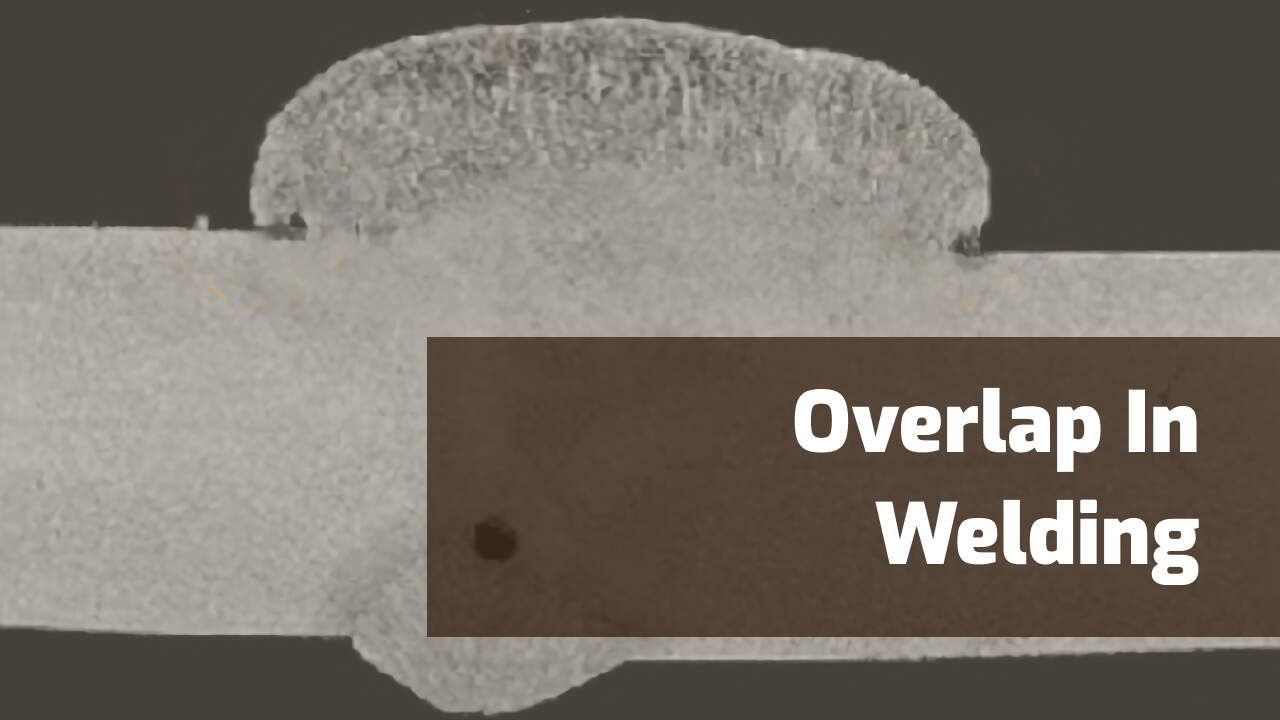Comprehending the Causes and Solutions for Undercut Welding in Steel Manufacture Processes
In the realm of metal construction procedures, the event of undercut welding poses a considerable difficulty that requires a comprehensive understanding of its causes and practical options. The detailed interaction of numerous factors during welding operations can cause this unfavorable sensation, influencing the architectural honesty and total top quality of the bonded joints - Preventing weld undercut. By studying the source of undercut welding and discovering reliable therapeutic actions, makers can boost the criterion of their handiwork and make sure the manufacturing of perfect metal components
Common Root Causes Of Undercut Welding
Frequently neglected in steel manufacture, undercut welding takes place due to various elements that demand careful focus and proficiency to be successfully minimized. In addition, improper welding techniques, such as using the wrong welding angle or travel speed, can also contribute to undercut formation. The choice of welding parameters, such as voltage, current, and wire feed speed, plays a significant role in the occurrence of undercut welding.
Impact of Incorrect Welding Parameters
Incorrect welding parameters can considerably jeopardize the stability and quality of welded joints in metal manufacture procedures. The influence of inaccurate welding specifications materializes in various ways, leading to architectural weak points and problems in the welded components. One critical facet influenced by incorrect welding specifications is the penetration deepness of the weld. Inadequate heat input due to reduced welding currents or excessively high travel rates can lead to inadequate blend between the base metals, bring about insufficient joint infiltration and deteriorated bonds. On the other hand, excessive warmth input triggered by high welding currents or slow traveling speeds can lead to burn-through and too much support, producing a brittle and unpredictable weld structure. In addition, inaccurate criteria such as incorrect voltage setups or inaccurate electrode angles can add to unpredictable weld grain profiles, absence of fusion, and boosted chances of flaws like undercutting. Precise focus to welding specifications is extremely important to guarantee the manufacturing of premium welds with the wanted mechanical homes and architectural honesty.
Impact of Improper Torch Angle
Inappropriate torch angle in welding operations can dramatically affect the quality and honesty of the final weld joints in steel construction processes. Damaging is a typical welding problem where a groove creates along the weld toe, deteriorating the joint and compromising its architectural stability.
A torch angle that is also steep can cause insufficient infiltration, insufficient combination, and raised spatter. On the other hand, a lantern angle that is too shallow can cause excessive infiltration, burn-through, and distortion of the base product. Preventing weld undercut. Proper torch angle is essential for making sure regular weld quality, why not look here stamina, and look
To avoid damaging and other problems triggered by inappropriate torch angles, welders need to be educated to maintain the right lantern angle throughout the welding procedure. Regular tracking and modification of lantern angles throughout welding can help achieve sound welds with very little issues.
Duty of Inadequate Welding Techniques

Another aspect of insufficient welding strategies is improper weld preparation. Inadequate cleaning of the base metals, inaccurate joint style, or inadequate side prep work can all add to damage welding. In addition, poor shielding gas coverage or using the wrong sort of gas can cause insufficient blend and the development of undercut issues.
To address the duty of poor welding methods in metal fabrication processes, it is important to provide comprehensive training for welders. Correct education and learning on welding specifications, joint preparation, and shielding gas option can assist avoid undercut welding and guarantee top quality welds in steel manufacture jobs.
Effective Solutions for Undercut Welding
Resolving undercut welding in steel fabrication calls for carrying out efficient solutions next to boost weld high quality and structural stability. One of the key options to combat undercut is to readjust welding specifications such as voltage, existing, and travel rate to make sure proper warmth input and fusion. By fine-tuning these setups, welders can avoid too much melting of the base metal and filler product, decreasing the chance of undercut formation.
In addition, proper joint prep work is essential in protecting against undercut. Guaranteeing tidy base metal surfaces without pollutants and making use of the suitable bevel angle can assist advertise better weld infiltration and lower the risk of undercut - Preventing weld undercut. Utilizing ideal welding techniques, such as weaving or oscillating the lantern, can also help in dispersing warmth uniformly and filling the weld joint appropriately, reducing the possibility of undercut flaws
Furthermore, selecting the right welding consumables, consisting of electrodes and filler metals, is necessary in mitigating undercut. Using materials with proper chemical make-ups and mechanical residential or commercial properties can contribute to accomplishing audio welds with marginal undercut. Normal inspection and quality control steps ought to likewise be carried out to find and resolve undercut concerns without delay, ensuring the total honesty of made steel elements.

Final Thought
To conclude, comprehending the causes and services for undercut welding in metal fabrication procedures is critical for accomplishing premium welds. By dealing with common reasons such as wrong welding specifications, incorrect torch angle, and poor welding strategies, welders can stop undercutting and ensure solid, long lasting welds. It is necessary to take note of these factors and apply efficient services to boost the general welding process and last product top quality.
